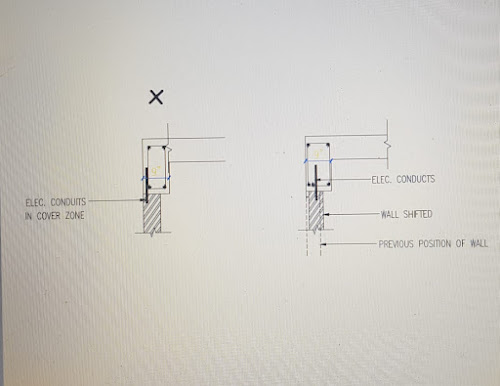differences between epoxy grout, cement grout and cement mortar
Epoxy groutIn fact, there are various types of resin used in construction industry like epoxy, polyester, polyurethane etc. Though epoxy grout appears to imply the presence of cement material by its name, it does not contain any cement at all. On the other hand, epoxy hardener serves to initiate the hardening process of epoxy grout. It is commonly used for repairing hairline cracks and cavities in concrete structures and can be adopted as primer or bonding agent.
Cement groutratio of cement of water is more or less similar to that of concrete. Owing to the relatively high water content, the mixing of cement with water produces a fluid suspension which can be poured under base plates or into holes. Setting and hardening are the important processes which affect the performance of cement grout. Moreover, the presence of excessive voids
would also affect the strength, stiffness and permeability of grout. It is versatile in application of filling voids and gaps in structures.
Cement mortarproportion by weight is 1:0.4:3). It is intended that cement mortar is constructed by placing and packing rather than by pouring. They are used as bedding for concrete kerbs in roadwork. They are sometimes placed under base plates where a substantial proportion of load is designed to be transferred by the bedding to other members.
What is the difference between foam concrete and cement grout?
Foam concrete is mainly composed of cement, water and air pores with filler (such as PFA, sand etc.) without any coarse aggregates. The air pores are formed by agitating air with a foaming agent. The typical size of air bubbles is around 0.3-0.4mm in diameter. For cement grout, it mainly consists of cement and water.
Foam concrete is characterized by have low density and low cost when compared with normal concrete. The density of foam concrete is around 400 – 1600 kg/m3. Therefore, the low density enhances low dead load and has extensive applications when low loadings are required. Foam concrete does not require compacting and hence imposes no lateral forces on
adjacent structures. Moreover, it also displays good resistance to water and produces high level of sound and thermal insulation. However, it suffers from the demerit that it have low compressive strength only (e.g.less than 15 MPa) which is drastically different from cement grout which possesses high compressive strength. There is recent development of foam concrete as road sub-base.

Comments
Post a Comment